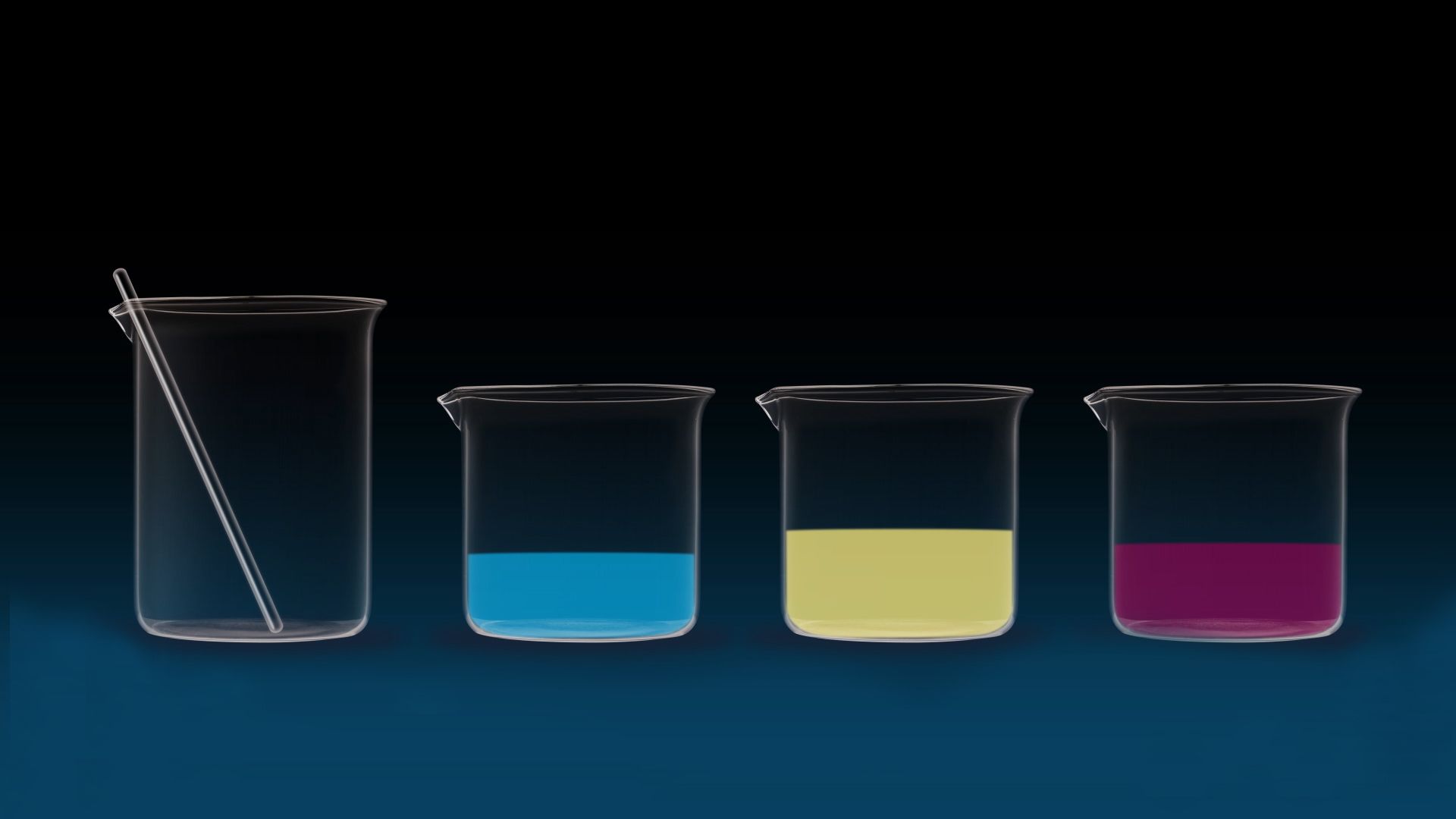
Using an exceptionally powerful laser, researchers have managed to characterize liquid carbon in the laboratory for the very first time. These experiments provide unique insights into one of the most prevalent elements in the universe, which, despite being widespread, remains the least comprehended in its liquid state among stable elements.
Liquid carbon is notoriously challenging to produce as it only forms under extreme conditions of temperature and pressure. ‘[Liquid] carbon evaporates directly at ambient pressures. The liquid phase demands pressures of at least several hundred atmospheres to develop,’ states Dominik Kraus, a physicist from the University of Rostock in Germany who spearheaded the recent research. ‘Carbon also possesses the highest melting point of all materials under these circumstances.’ This implies that no known substance can adequately contain liquid carbon for lab analysis.
‘You must devise a clever method and still manage the reality that you have a limited time to examine the sample before it detonates,’ adds Craig Schwartz, a materials characterization specialist from the University of Nevada, Las Vegas in the US, who was not part of the research team.
Lacking the capability to consistently produce it, our knowledge of liquid carbon’s behavior – including its structure, dynamics, and physical characteristics – remains largely unexplored. ‘We essentially know nothing,’ comments Schwartz. ‘We have information about the structure at only a few pressures [and] absolutely nothing is known regarding the dynamics of the system.’
Nonetheless, this comprehension will be crucial for many emerging technologies. ‘Carbon plays a vital role in crucial contemporary processes, [including] the synthesis of innovative carbon materials and the advancement of nuclear fusion reactors,’ remarks physical chemist Richard Saykally from the University of California, Berkeley, in the US, who was also not involved in the project.
‘It has been associated with nanodiamonds, Q-carbon, potentially certain nanotubes,’ adds Schwartz. ‘It could essentially serve as a significant intermediate in nearly all advanced forms of carbon.’
‘[Consequently,] it is critical to grasp the physics of liquid carbon,’ states Saykally.
Moreover, liquid carbon is thought to exist deep within planetary interiors, such as Uranus and Neptune, where scientists believe it may influence their peculiar magnetic fields. ‘Investigating liquid carbon [will assist] in modeling carbon’s behavior deep inside these planets,’ declares Kraus. ‘It might experience unusual transformations – such as transitioning between conducting and non-conducting states – that could impact a planet’s heat flow, magnetic field, and overall structure.’
Shock Compression
To generate liquid carbon on Earth, Kraus and his associates utilized a record-setting solid-state laser created in the UK for the European XFEL facility, intended to examine matter under extreme conditions.
‘[We applied] powerful shock compression waves to solid carbon samples using a pulsed high-energy laser,’ explains Kraus. ‘Pressures surpassing one million atmospheres were reached, and the compression waves simultaneously heated the samples to temperatures around 7000K to produce liquid carbon for a few nanoseconds.’
Images of the structure were captured utilizing ultrabright x-ray pulses, each with a duration of only 25 femtoseconds – approximately 100,000 times shorter than the already brief lifespan of the liquid carbon samples.
‘These represent, by far, the most detailed and informative data ever acquired for the liquid state of carbon,’ notes Saykally, who adds that the diffraction data closely matches expectations from theoretical models.
In solid diamond, each carbon atom is linked to four others in a stable, fixed configuration. When liquefied, one would anticipate these bonds to completely break. However, even in its liquid state, Kraus and his group discovered that carbon atoms tend to remain close to four neighbors. ‘It somewhat retains remnants from the solid diamond structure, which is also tetrahedral,’ states Kraus. ‘We [also estimated] the melting temperature to be about 6700K at a pressure of 1.2 million atmospheres.’
Saykally highlights that a crucial next step is to explore the electromagnetic properties of liquid carbon, both in bulk and at the surface. ‘Its chemical reactivity needs to be understood […] to build devices and systems that can [utilize it efficiently].’
Kraus remarks that his team now intends to broaden its laser-based methods to investigate other materials under extreme pressure and temperature. ‘[We] will examine mixtures of light elements that may exist in planetary interiors, as well as the chemistry under extreme conditions,’ he explains. ‘This may also be intriguing for forming doped nanodiamonds or other phases with technological promise.’